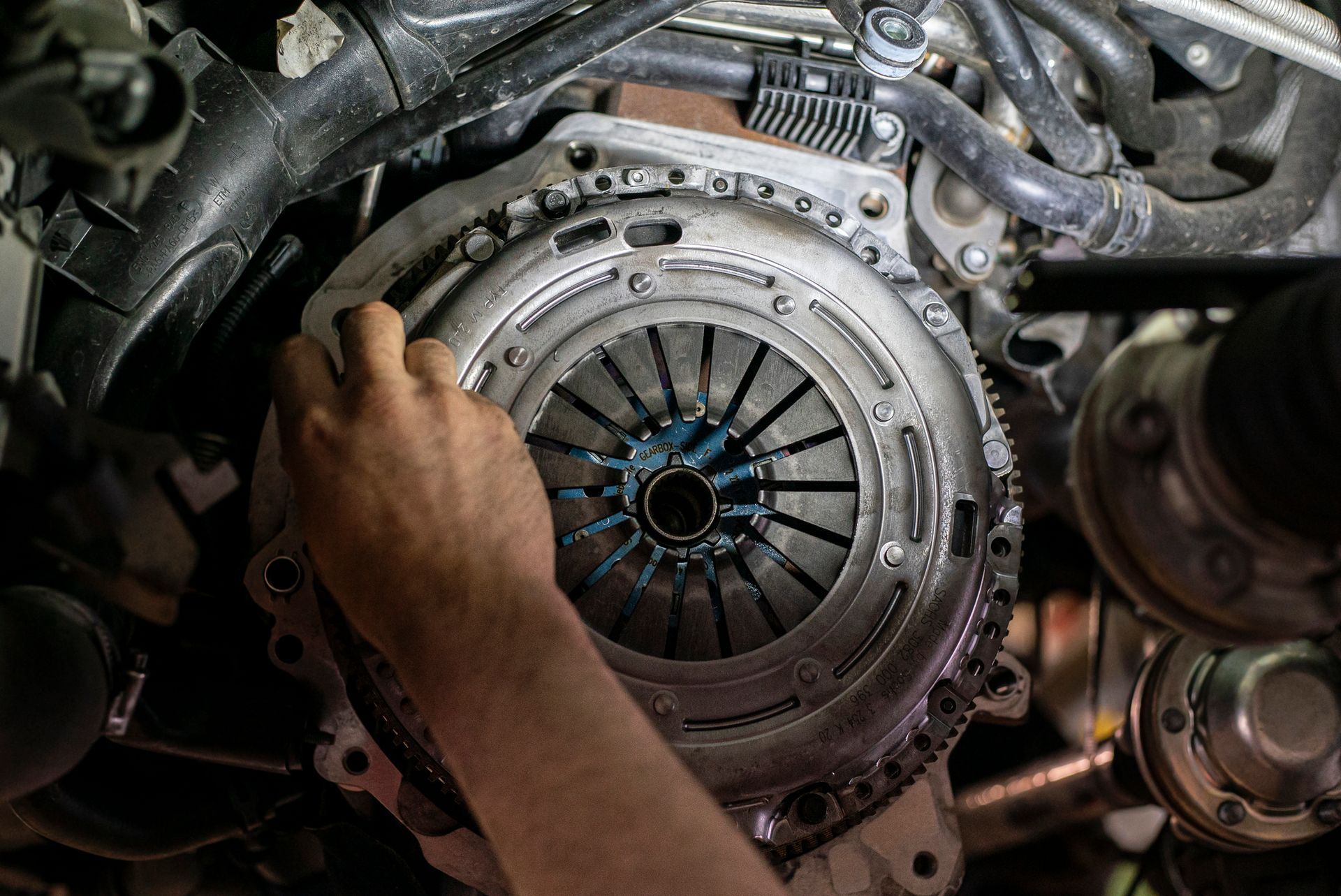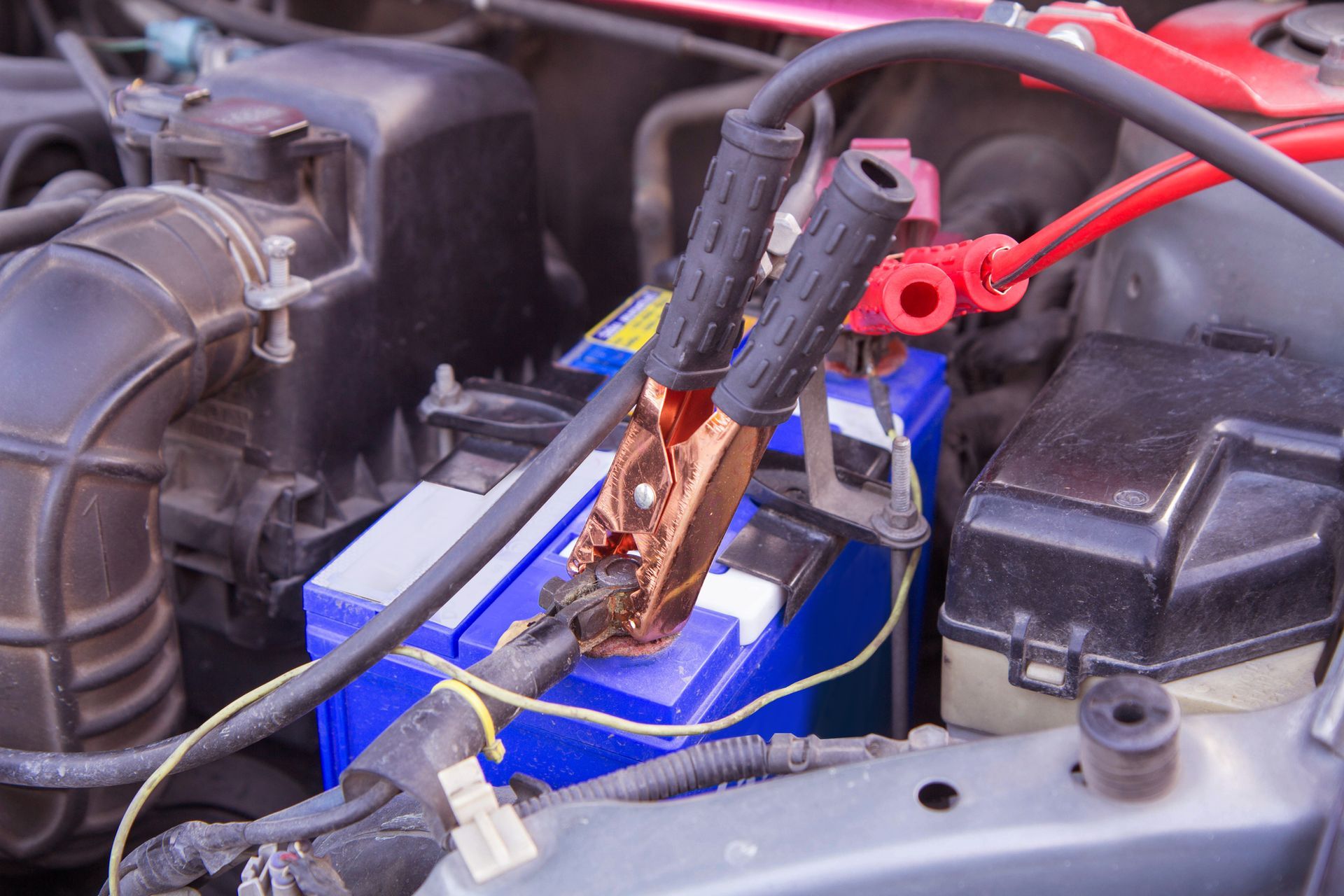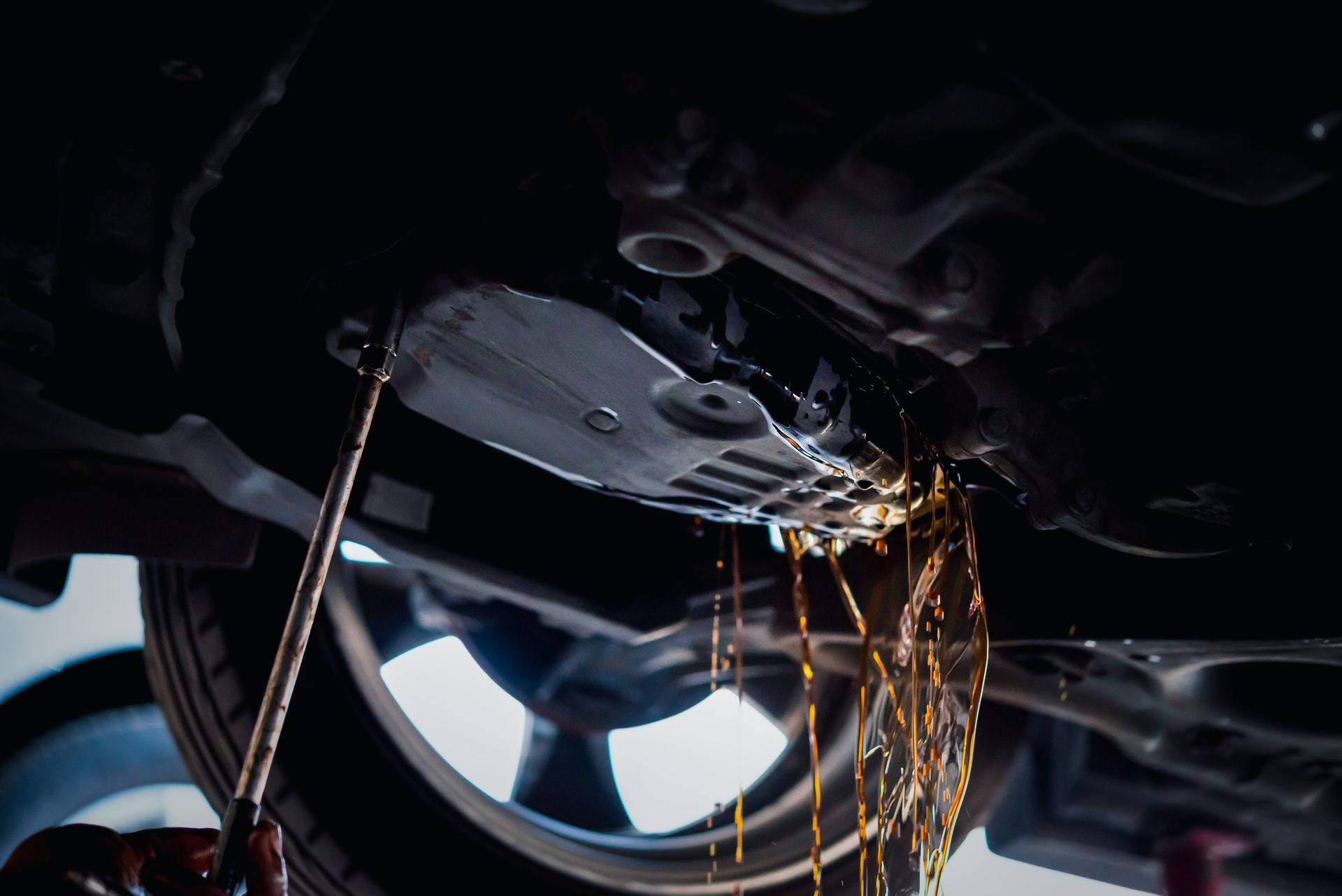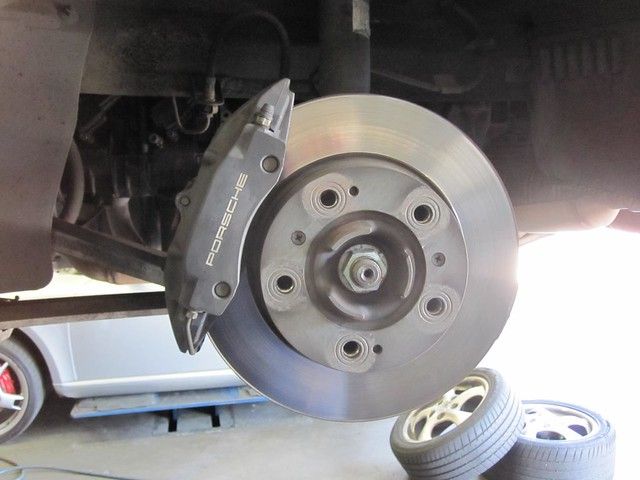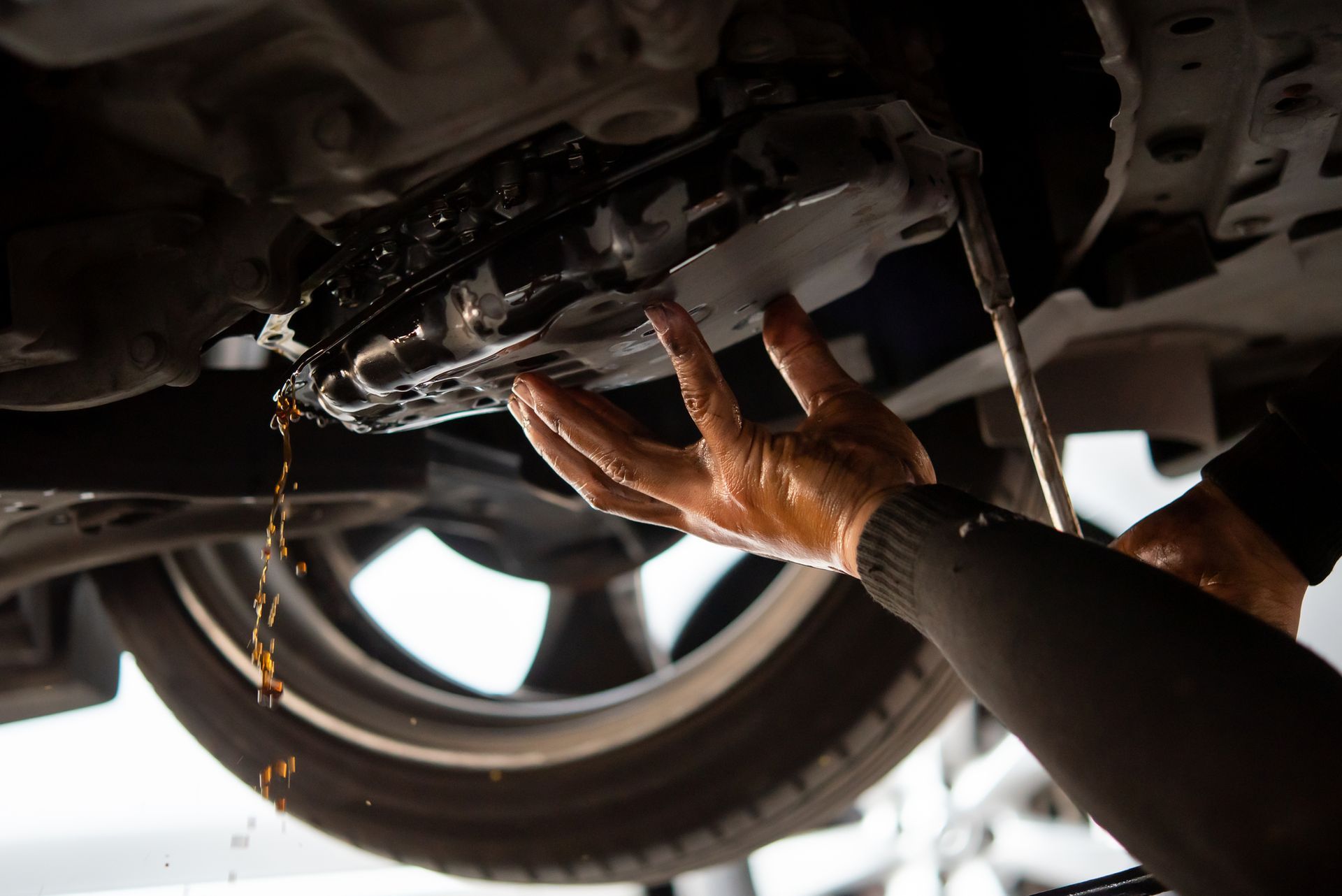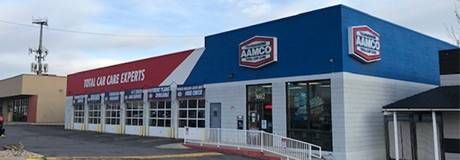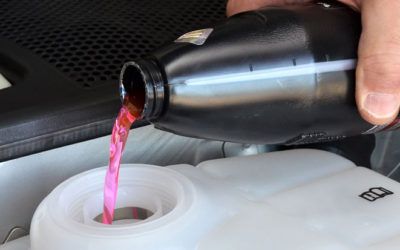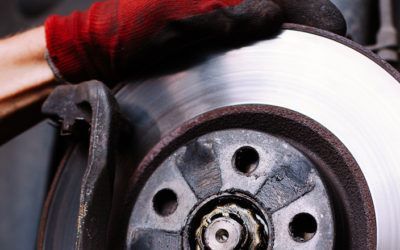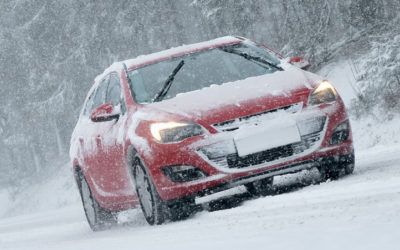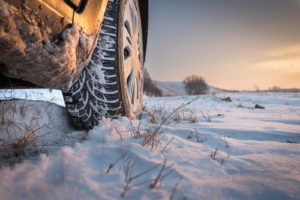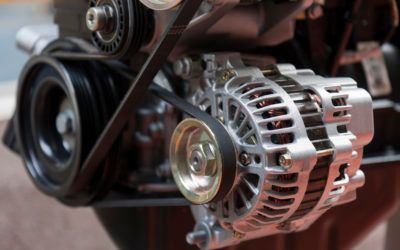Got drips? The most common cause of fluid drips under your car is engine oil but it’s also possible you could have a coolant leak. If you check the level of your coolant, you may find that there’s less than there should be. Your car’s cooling system is closed, meaning...
read moreTop Tips for Safe Driving in Fall
Changing Weather, Shorter Days – Fall is Here!
Fall is upon us; it’s that time of the year for leaf-peeping and pumpkin picking. It’s also that time of the year when the weather conditions make it a little tougher to get around. Fall driving can be difficult and unpredictable. It is due to this reason that your vehicle needs extra care to be at its best. Are you prepared for fall’s dicey and often changing driving conditions? Don’t panic; we’ve compiled a list of safe driving tips so you can be extra careful this fall:
1. Falling Leaves
There’s nothing more beautiful like falling leaves during fall, and while they are dreamy to watch, they are a nightmare for drivers when they cover pavement markings and traffic lines.
Furthermore, leaves on the road can get extremely slippery when wet, making driving conditions similar to driving on ice. What’s worse, when the temperatures drop, wet leaves on the road will turn into hazardous icy leaves. It’s advisable to drive slow during these conditions to prevent your vehicle from losing traction and potentially losing control.
Safety tips for driving on leaves:
- Make it a habit to slow down when approaching a road covered with leaves.
- Keep your windshield free from leaves to prevent them from getting stuck and affecting your visibility.
- Avoid parking close to a pile of leaves to avoid the possibility of a fire hazard from your exhaust system.
2. Sun Glare
Sun glare is something that needs your attention as a driver, especially during morning and evening rush hours. As summer wanes, the blinding distraction of sun glare waxes. During fall, the sun is closer to the horizon, and pointed straight into the driver’s eyes. This effect forces the sun’s rays to reflect at low angles off objects and vehicles, into your eyes.
Safety tips for driving with sun glare:
- Always keep a pair of sunglasses in your vehicle to reduce the danger of sun glare on your eyes.
- Avoid staring directly into the lights of oncoming vehicles.
- Keep your windshield clean to avoid dirt streaks from contributing to glare.

3. Rain and Fog
In many areas, fall is a wet and damp season, rain and fog are often a common occurrence in fall. Fog conditions manifest in the morning and evening hours in areas with hills, trees, and water. Fog can significantly impair your visibility during driving, making it difficult to see blind corners, oncoming vehicles as well as those further ahead. There’s also a likely hood of increased rain during fall. Rain makes roads slippery; in these conditions, your tires are at a higher risk of skidding.
Safety tips for driving in rain and fog:
- Set your headlights to low beam, this will aim the beam of light on the roadway away from oncoming traffic.
- Brake gently when approaching a bridge or overpass; these areas are known to frost more than other road surfaces.
- Watch out for areas where black ice forms on the road.
4. Crossing Critters
Many wild animals breed during fall, or are otherwise active in preparation for the upcoming winter, most common among these animals is deer. Deer mate during November, that is why you are more likely to see more of them. They will be more active during this time, and will occasionally dart across the road. According to the Institute for Highway Safety, you are three times more likely to hit a deer in fall than any other season in a year. Animal-rights group PETA warns, 1 in every 100 drivers will hit a deer during their drive life.
Safety tips for driving with active wild animals:
- Drive slowly near woods in the evening and morning hours.
- Watch out for deer signs on the road.
5. Fewer Daylight Hours
Darkness comes early as the year progresses. While only 25% of driving is at night in the U.S, 50% of traffic deaths happen at the same time, the National Safety Council warns. Older drivers need twice as much light to drive compared to younger drivers. In fall, it’s common to see activities in early darkness; children are playing, people jogging or walking their dogs. These conditions make it more difficult to see pedestrians while driving.
Safety tips for driving in reduced daylight:
- Watch out for children playing and pedestrians during early darkness, be extra vigilant at bus stops and parks.
- Be extra vigilant during Halloween for trick or treaters.
- Drive defensively.
Let AAMCO Utah Keep You Safe in Every Season
If there’s a time your vehicle needs to be at its best, it’s before a long journey or during weather changes. Fall brings a lot of complications for drivers such as; slippery conditions, poor visibility, and increased cases of road accidents. A rule of thumb is to perform a general check-up of your vehicle every time you change your oil (every 3,000-5,000 miles). A professional and certified car service such as AAMCO Utah will advise you on how best to prepare your vehicle for fall.
General fall driving safety tips:
While these safe driving tips will help keep you safe from the elements during fall, its important to make sure your vehicle is at its best. Schedule a fall car care service with your local mechanic. Remember, these driving tips will have minimal effect on your safety if your car is out of shape.
AAMCO Utah – Full Service Mechanics
Are you looking to get your vehicle checked in preparation for fall ? AAMCO Utah are a leading car repair shop specializing in: Seasonal Car Care, Brake Services and Repair , nearest AAMCO Utah location for all of your fall car care needs – it’s easy to schedule online with the location nearest you!
Find your local AAMCO Utah
More from our Blog
My Brakes Feel Sticky – What Does This Mean?
Brakes suddenly feel like they stepped in some gum? It’s inconvenient when you’re walking – it’s even more inconvenient, and also unsafe, when it’s your brakes sticking. Sticky brakes can lead to some serious brake repairs, so it’s important to get them checked out...
read moreHow Often Should I Get an Oil Change?
The short answer – there’s no standard answer for when you should get an oil change. While there are general guidelines, it’s best to think about your car more specifically because there are a lot of factors that contribute to when you’ll need another oil change....
read more5 Essential Car Care Tasks for When the Weather Gets Cold
When the weather outside is frightful, the last thing you want is car trouble. Every time of the year comes with its own set of seasonal car care services you should check off your list to keep your car running well. As winter approaches, it’s a good idea to start...
read moreHelp! My Car Will Only Go in Reverse
You get in your car, start the engine, and shift into Drive – but your car will only back up. What’s the deal? Unfortunately, the culprit is most likely your transmission, meaning you could have a big car repair to deal with. Fortunately, the mechanics at AAMCO Utah...
read moreTop Three Ways Cold Weather Can Affect Your Car
Cold, harsh winter weather is hard on more than just your nose and fingers. Proper winter care takes into account what cold weather specifically does to different parts of your car. Winter roads are notoriously hard to drive on once snow and ice hit, so you want to be...
read moreIs My Alternator Failing? Signs to Watch Out For
Have you started noticing odd flickers and strange noises while driving your car? You’re not making it up and your alternator could be the culprit. Simply put, your alternator converts power from your crankshaft into electricity that helps power important systems in...
read moreBook an Appointment

Navigate our Blog
Recent Posts
The post Top Tips for Safe Driving in Fall first appeared on AAMCO Utah Transmission Repair and General Car Repair.
Share
